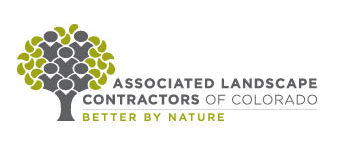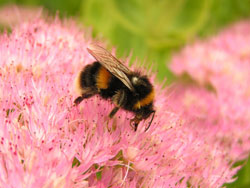| Media coverage helps sell pollinator-friendly landscapes |
 |
| Monday, May 09, 2016 03:00 AM |
|
Shifting attitudes about pollinators means your customers may be more willing to consider plants that attract butterflies, bees, and moths. Fear of bee stings, allergies, or “ugly” nests have eased, perhaps due to increased media attention to changing pollinator habitats and pollinator concerns such as Colony Collapse Disorder in honeybees. This year’s ALCC Day of Service project at Walk Clark Middle School in Loveland, Colorado is a great example of how wider recognition of the benefits of pollinators has made the public more open to welcoming pollinators into the landscape. In the past, schools would not have approved a butterfly garden due to the increased risk of bees and bee stings near the school. But efforts like the White House Pollinator Task Force have helped educate the public and help them understand that the benefits of planting for pollinators greatly outweigh the risks of having bees present. Realizing the importance of pollinators—even the less adorable ones like moths and bats—can make the public more accepting of welcoming these creatures into their yard. After all, without bats—the major pollinator of agave—there’d be no tequila at happy hour. The Million Pollinator Garden Challenge continues in 2016. The initiative educates consumers and businesses about pollinators and encourages them to create pollinator-friendly habitats in their landscape. Your clients who choose to plant for pollinators can register their home habitat on the web site. Fun facts about pollinators to share with your customers on social media or other communications:
Read more in this issue: |

 Pollinator Week 2016
Pollinator Week 2016